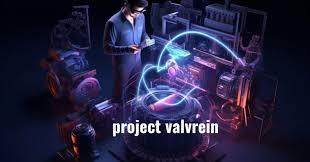Human rights is a major issue worldwide and the battle must be fought on behalf of many oppressed groups. Many ethnic groups, religious sects, as well as women in general, and the LGBTQ+ community suffer from discrimination and less-than-full rights at the hands of governments and other ruling bodies. Investigating the many allegations of human rights violations and working to correct them is a mammoth job requiring the cooperation and resources of countries from all over the world. This was the purpose behind the creation of the United Nations Human Rights Council.
The Makeup of the Council
As human rights activist and co-founder of the Freedom Initiative, Mohamed Soltan can tell you, the task requires cooperation between many people and nations. The UN has put together its human rights council for just this purpose. The council is comprised of 47 members elected by the UN General Assembly. A seat on the council lasts for a term of three years and no member may serve more than two consecutive terms.
The council consists of five regional groups: The African States with 13 seats, the Asia-Pacific States also with 13 seats, the Eastern European States with six seats, the Latin American and Caribbean States with eight seats, and the Western European and Other States with seven seats. The UNHRC meets regularly in March, June, and September of each year. A special session can be held at any time provided it is requested by at least one-third of the member states.
Universal Periodic Review
All 193 member nations of the UN are reviewed by the council on a regular basis for human rights violations. This is called the Universal Periodic Review. Reports from outside sources, including non-governmental organizations provide information used to determine when to review a nation. A three-and-a-half-hour debate is held to discuss the problems and propose solutions.
Subsidiary Bodies
The UNHRC has several subsidiary bodies that serve various purposes.
- Advisory Committee – Formed by Human Rights Council resolution 5/1, the Advisory Committee is made up of 18 experts in the field of human rights. The committee meets twice a year, functioning as a think tank.
- Special Procedures – Five members are appointed by the council to form the Special Procedures arm. These are independent experts who visit other countries to investigate allegations of human rights violations and report back to the council.
- Human Rights Council Consultative Group – Becoming a member of this group of UN independent experts requires an online application and telephone interviews conducted by five ambassadors, one from each of the regional groups. The Consultative Group puts together public reports and presents them to the Human Rights Council president.
Sadly, human rights violations occur in nations all over the world on a regular basis. It’s a big problem with no easy solutions. The United Nations created the Human Rights Council to investigate these violations and propose effective ways to deal with them. It’s a never-ending job that requires the expertise, cooperation, and courage of many people working together.




